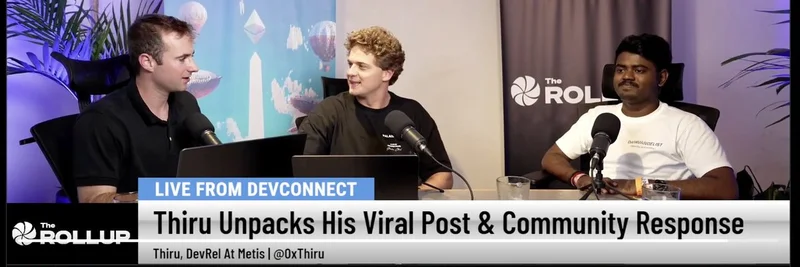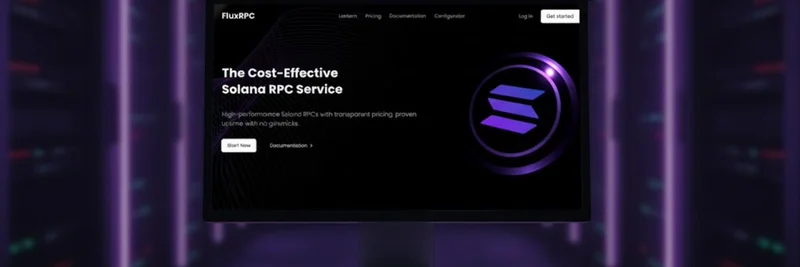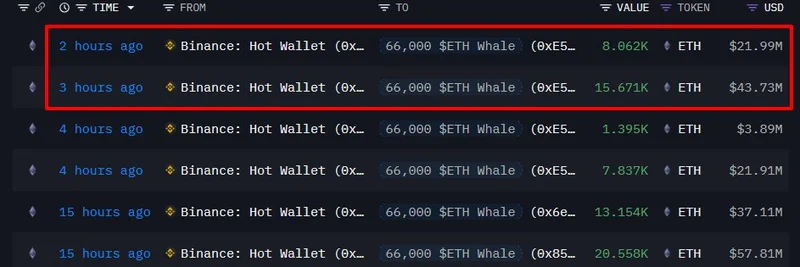In the fast-paced world of decentralized finance (DeFi), things are heating up again. Token Terminal, a go-to source for crypto fundamentals, recently dropped their latest edition of The Snapshot, highlighting some intriguing trends in DeFi tokens. If you're into blockchain and looking to stay ahead, this breakdown of their insights on blue-chip protocols like Uniswap, Aave, and Lido is worth your time—especially as meme tokens often ride the waves created by these DeFi heavyweights.
Let's start with the big picture. Token Terminal's thread kicks off by posing a provocative question: Is this a new era for DeFi tokens? They dive into key metrics for three major players, showing how their underlying activity has grown while token valuations have dipped compared to May 2021. This could signal undervalued opportunities in a market that's maturing.
Uniswap (UNI): Trading Volume Surges Amid Lower Valuation
Uniswap, the decentralized exchange that's become synonymous with swapping tokens, is processing way more trading volume now than back in 2021. Monthly trading volume has jumped from $38.9 billion to a whopping $116.6 billion. Yet, UNI's fully diluted valuation (FDV) has dropped from $21.7 billion to $6.8 billion.
What's driving this? Uniswap hasn't been sitting still. They've rolled out major upgrades like versions 3 and 4, UniswapX for better fills, a dedicated wallet, and even their own layer-2 chain called Unichain. These expansions are broadening their reach across different blockchains, making the protocol more versatile.
Adding to the excitement is the "UNIfication" proposal. If it goes through, it could turn on a fee switch that uses protocol revenue for token buybacks. This would directly tie trading activity to UNI demand, giving holders a clearer path to value accrual. For anyone tracking DeFi, this is a game-changer in how tokens capture economic value.
Aave (AAVE): Lending Activity Booms as Valuation Dips
Shifting to lending, Aave is another DeFi staple showing impressive growth. Active loans on the platform have ballooned from $8.6 billion to $27.2 billion since May 2021. However, AAVE's FDV has slipped from $4.6 billion to $3.9 billion.
Aave's expansion mirrors Uniswap's—upgrades to v3 and the upcoming v4, deployments on major layer-1 and layer-2 chains, and the rollout of their stablecoin GHO. These moves have boosted functionality, coverage, and even profit margins for the protocol.
A key highlight is Aave's buyback program. The DAO (decentralized autonomous organization) allocates revenue to buy back AAVE tokens, creating a direct link between lending activity and token demand. In simple terms, as more people borrow and lend on Aave, it could pump up the token's value through these buybacks.
Lido (LDO): Staking Dominance with Undervalued Tokens
Lido, the liquid staking powerhouse, has seen its staked assets skyrocket from $1.2 billion to $35 billion. That's massive growth in securing Ethereum and other networks. But LDO's FDV has fallen from $2.1 billion to just $1 billion.
Lido's been beefing up its infrastructure with initiatives like Community Staking Module (CSM), Distributed Validator Technology (DVT), and dual governance. These aim to decentralize node operations and mitigate risks, making the protocol more robust.
Similar to Aave, Lido has a buyback program using protocol revenue to repurchase LDO. This ties the growth in staked ETH directly to token demand, potentially rewarding holders as adoption increases.
New Listings and Expanded Coverage
Beyond the blue chips, Token Terminal spotlighted new project listings. Standouts include Acala, a DeFi hub on Polkadot with stablecoins and liquid staking; Hyperbridge for cross-chain interoperability; and Hydration, evolving from HydraDX as a liquidity layer for Polkadot.
They also added basic listings for projects like 14Numbers, Infinex, and others, plus 595 tokenized stocks from platforms like Robinhood and Ondo Finance.
On the data front, they've expanded coverage: Aave and Pendle on Plasma with metrics like TVL (total value locked) and fees; XPL token holders on Plasma; fees on Unichain and HyperEVM; and Circle's bridged USDC on BNB Chain.
Platform Upgrades and Integrations
Token Terminal isn't just reporting—they're improving their tools. New features in Studio let you chart tokenized assets with metrics like market cap and holder counts. They've added asset filtering, global search, and better project screeners.
The big update? Integration with Flipside AI. Token Terminal's onchain datasets are now part of Flipside's research platform, making it easier for analysts to dive deep into blockchain data.
For more details, check out the full thread on X or Token Terminal's blog post.
As we see DeFi protocols like these rebound and innovate, it could spill over into the meme token space. Stronger lending, trading, and staking infrastructure often fuels the next wave of viral tokens. Keep an eye on how these trends evolve— they might just set the stage for the next big meme meta.




